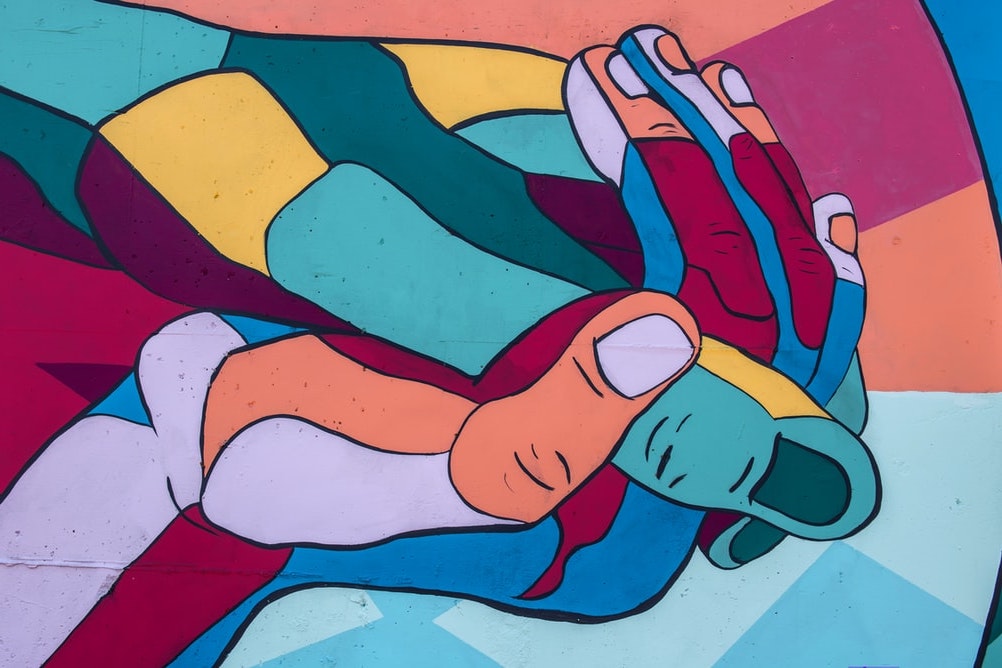Decolonisation of the Arts and Heritage Sector
Many European museum collections contain artefacts, taken from former (mostly African) colonies. In recent years, museums of former colonial powers are met with increasing demands to return the looted heritage to their countries of origin. The movement for the decolonisation of cultural heritage has advanced the furthest in France, where the president Emmanuel Macron ordered the inauguration of the committee for restitution.
Check our upcoming events selected for you:
According to a committee member Felwine Sarr, almost two-thirds of over 90,000 African objects in French museums, are obtained during the colonial period. Many African countries, have already made lists of looted items and submitted claims for restitution. They demand the return of objects with great symbolic meaning, while other, less relevant items, will likely stay abroad, possibly as a loan.
But France is not the only country that has to deal with its ugly colonial past. Similar debates were since started in other former colonizing countries including England, Belgium and Austria. However, although this is an important step, the decolonisation of the arts and heritage sector doesn’t end at restitution. There’s so much more, cultural institutions can commit to, to ensure the proper treatment of non-European heritage.

The Diversification of Staff
The lack of diversity in museums containing African heritage is another problem. A survey conducted by The American Alliance of Museums in 2015 has shown that the African-Americans represented only 2% of curators. Upon the repeated survey, the results have doubled and the number of African-Americans in 3 years went up to 4%, which is still inexcusably low. The same survey showed that the number of people of colour (POC) working in the intellectual leadership positions (particularly education and curatorial sectors) has risen from 16% to 27%.
Unfortunately, the number of POC in executive positions is the slowest to change, with a mere 1% increase in these 3 years (from 11% in 2015 to 12% in 2018). As expected the highest positions in the cultural sector are the most difficult to reach, with most POC employed in areas such as HR, security and facilities. Though museums are making progress in diversifying its staff, these are still all baby steps in reaching true diversity and inclusion.
Why Decolonisation of Arts Matters?
Having people from different ethnic and cultural backgrounds is important because they can provide better in-depth knowledge about the artefacts. Also, diverse staff can connect certain artworks with their personal history. For example, people who experience racism and discrimination on a daily basis can provide a more personal outlook, on works dealing with these issues.
Diversifying the workforce also has positive effects on the level of trust museums enjoy in the community. Minority representation in cultural institutions increases their esteem and public trust.
Museums with multiple voices can also engage diverse audiences, and easily build relationships with the community, while ensuring that their services are respectful of their visitors’ cultures, which will in return increase their relevance. Employing people from a multitude of groups, also affects the institution’s ability to foster innovations, new ideas, services and products.

Diversification and Decolonisation Strategies for Arts and Heritage Sector
Working in a cultural sector is not for everyone, and at times it can be hard to find the right people for the job. Sometimes, there are just not enough people from the right background in the required field. To help diversify the staff and fill the gaps in their employment strategy, cultural institutions have to work with interested groups and attract talents early on. One way to do that is by establishing scholarships for people of diverse origin. Unfortunately, the lack of money is sometimes the main thing that keeps people away from the desired degree. Also, museums should consider paid training and internships for diverse groups of people, that will allow for an easier career start.
It’s important to reach out to groups from impoverished areas, POC, immigrants and other underprivileged groups, to get them to consider a career in art and education sector early on (presumably during high school years).
This means going to meet children where they are (at local cultural centres, schools, etc.) instead of expecting them to show up at your doorstep. Other times, it means creating public programmes that appeal to different communities to engage a more inclusive audience.
Want to Learn More?
Many people make the mistake of equalizing decolonisation of the arts and heritage sector with restitution and reparations for stolen objects. But decolonisation of cultural heritage, also means changing the institutions from within, opening them up for different voices and narratives.
Want to learn more about the decolonisation of the arts and heritage sector? This online lecture will show you how to observe decolonisation from a wider perspective, by highlighting the key debates about the issue, and examples of good and bad practices in the field.

Leave a Reply